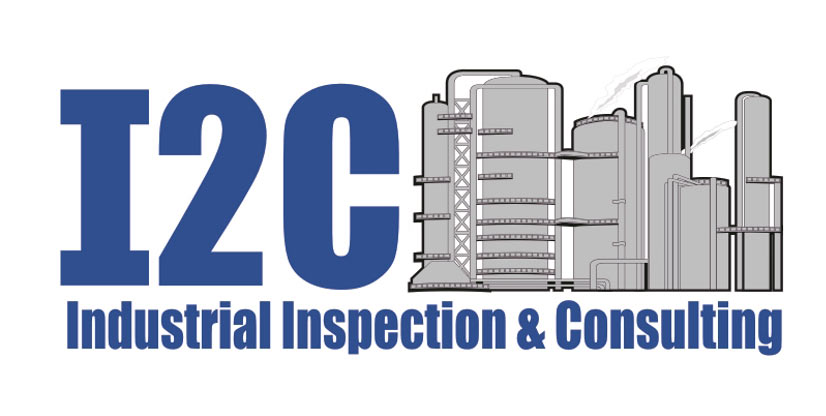Field Metallurgical Replication is a form of non-destructive testing which records and preserves the topography of a metallographic specimen as a negative relief on a plastic film, silicone, or as a photographic image. Replication is used as a tool for evaluating microstructures and other surface features in lieu of laboratory evaluations. This procedure is performed using portable polishing equipment following modified laboratory procedures for the preparation of metallographic samples.
Field replicas are generated by first polishing the surface to a mirror finish followed by etching with an etchant compatible with the material being tested. Following the etching process a replication can be made by applying a piece of special tape or a silicone material. Alternatively, as preferred by I2C, a portable microscope with up to 400X magnification can be used to view the etched surface and obtain digital photographic images of the microstructure. Physical replicas can be generated of the same area as desired for further examination in a laboratory.
One of the primary limitations of field metallography and replication is that they can only be obtained on the accessible surface. If the microstructure of concern is only mid-wall or in the cross-section, field replication may not be possible. Replications on internal surfaces of piping are usually limited to 12″ NPS or larger. However, there are times when the condition of mid-wall may be inferred by ascertaining the condition of the metallurgical structure from the accessible surface, ID or OD. Consult with the experts at I2C for more information.
